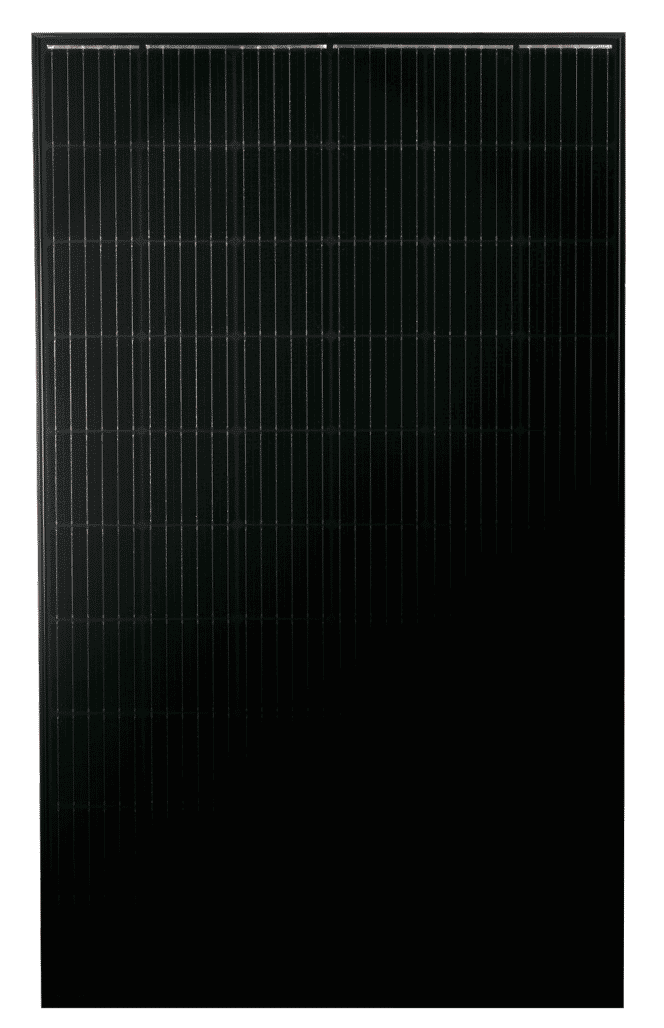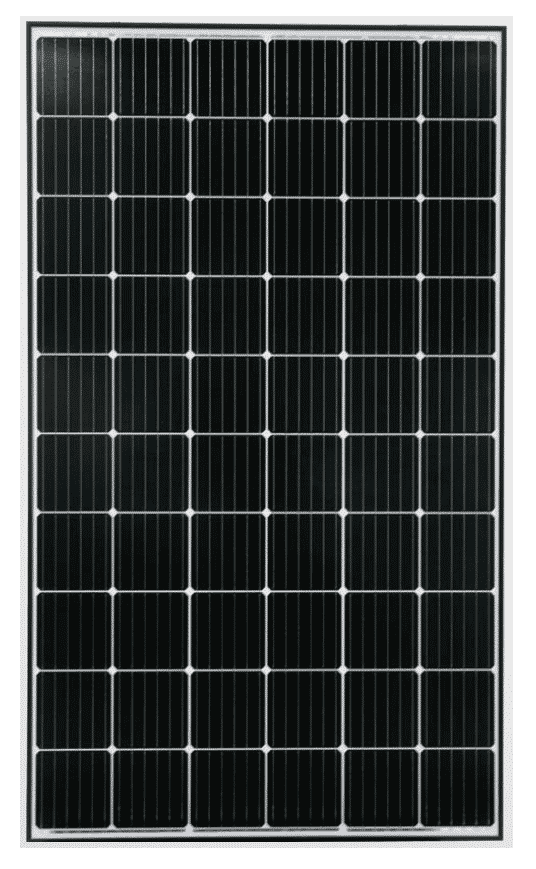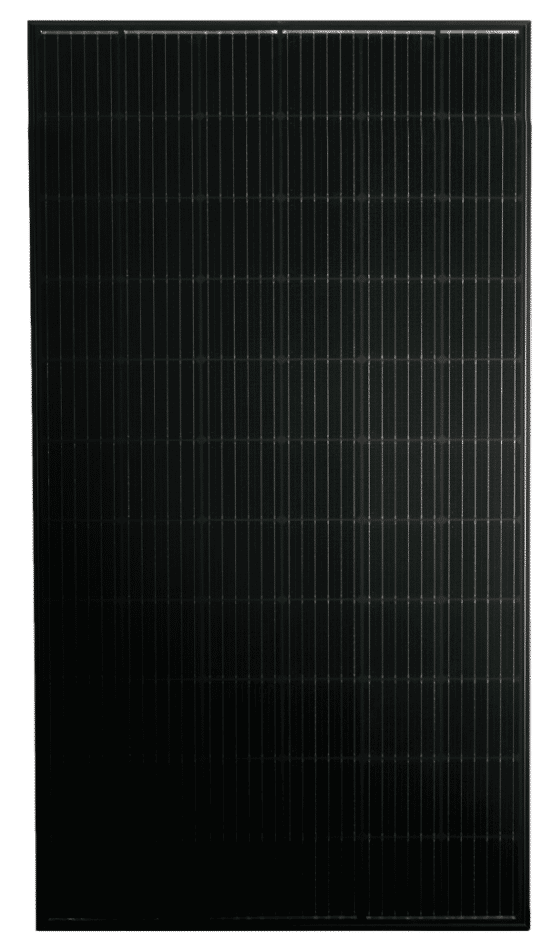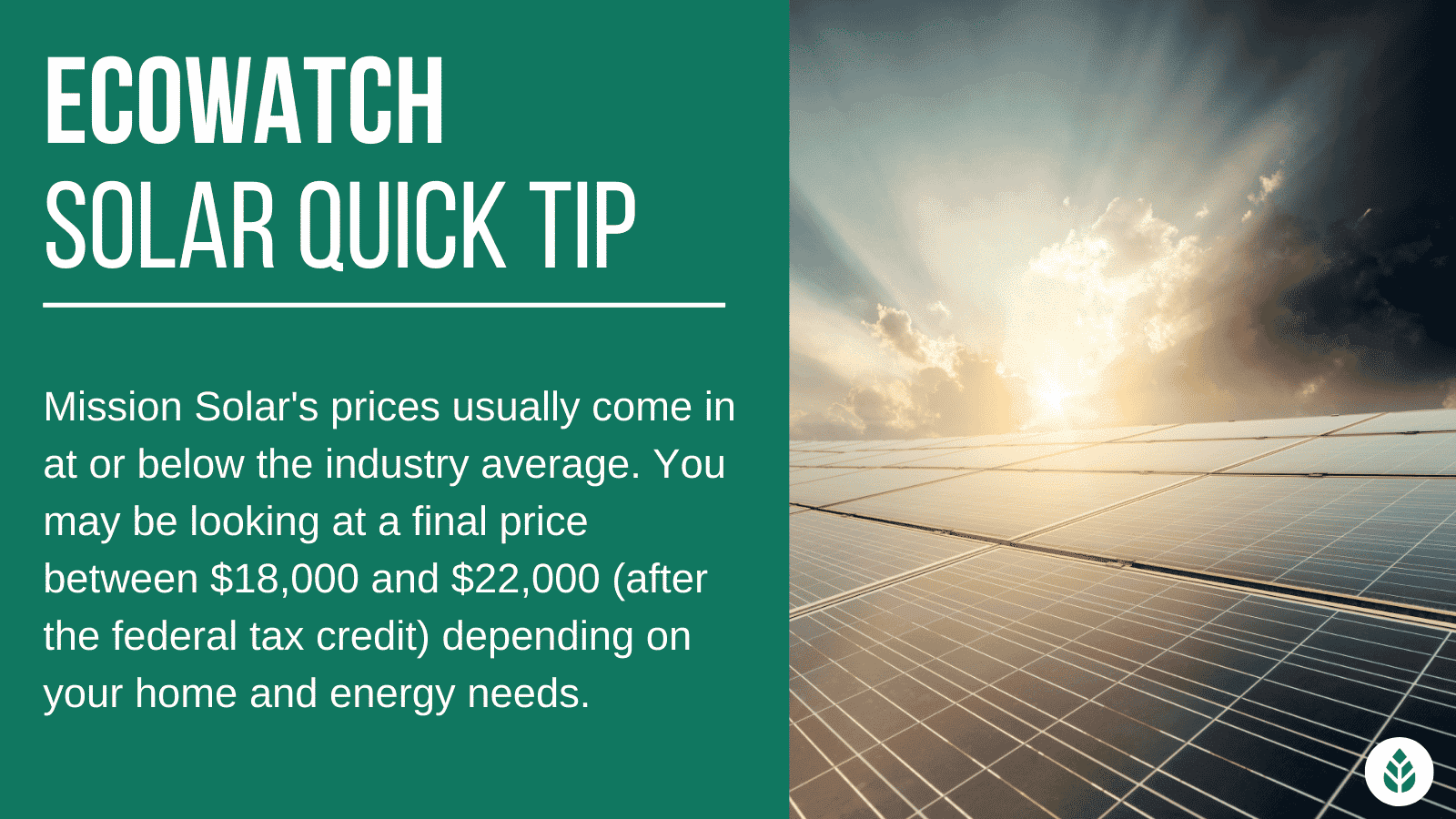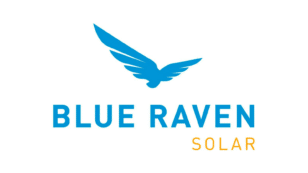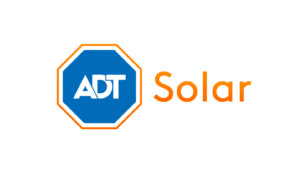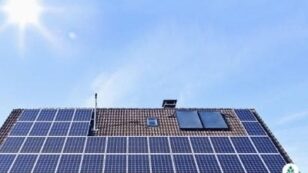
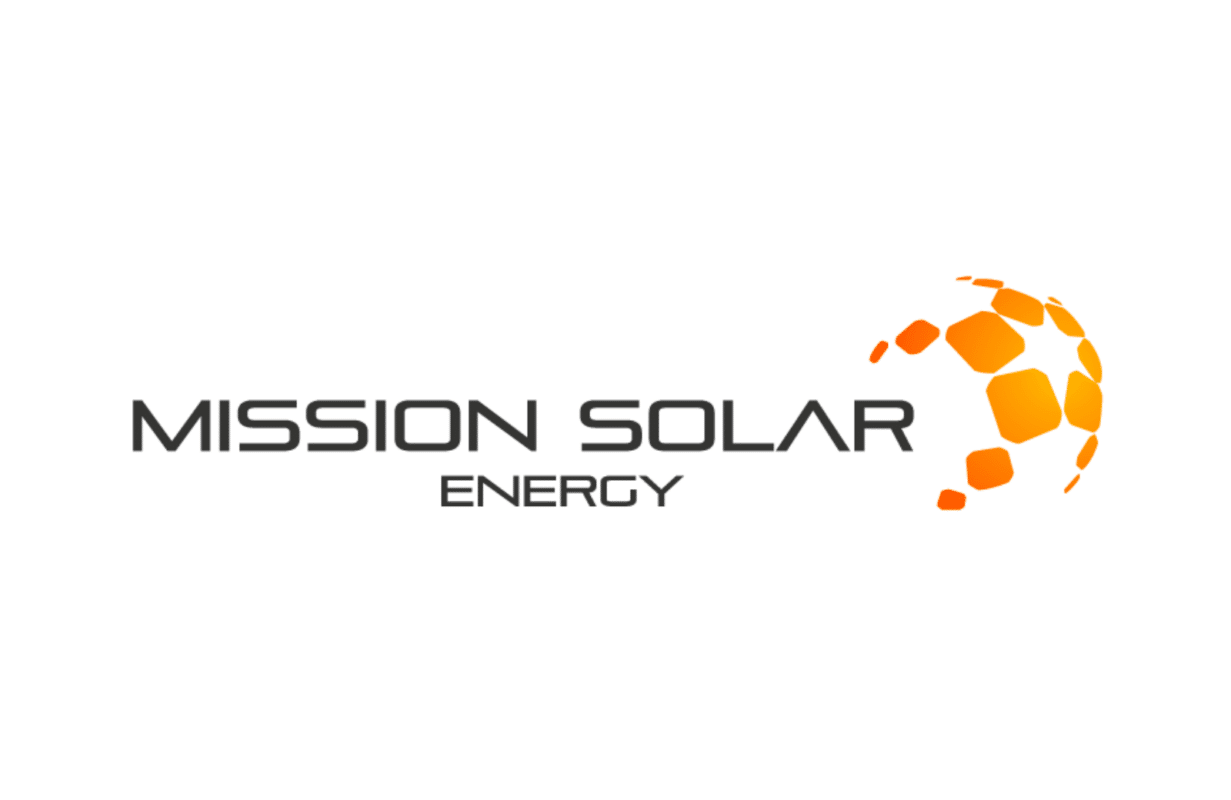
Mission Solar Panels 2024 Review (Cost, Warranty & Efficiency)
In this guide, you’ll learn:
- How much do Mission solar panels cost?
- Is there a Mission solar warranty?
- How efficient are Mission solar panels?
Each product and or company featured here has been independently selected by the writer. You can learn more about our review methodology here. If you make a purchase using the links included, we may earn commission.
The residential solar panel industry is dominated by global giants like Panasonic, Qcells and Trina. For some homeowners, though, there’s something appealing about going with a smaller, local name.
What is it about Mission Solar Energy that has homeowners so interested in its panels? Let’s walk through the details on this USA-based solar panel manufacturer.
What Is Mission Solar?
Headquartered in the heart of Texas, Mission Solar considers itself the U.S.’s solar module company — it’s even trademarked the name America’s Module CompanyTM. Mission produces high-quality solar products, emphasizing power and dependability.
| Mission Solar Fast Facts | |
| Year Founded | 2013 |
| Headquarters | San Antonio, Texas2 |
| Manufacturing Facilities | San Antonio, Texas |
| Corporate Social Responsibility Report | Click Here |
Its modules are designed, engineered, manufactured and assembled exclusively at its factory in San Antonio and undergo rigorous testing and quality control to meet its high standards.1 Think of Mission’s products as the Ford F-150 of residential solar panels.
Its product line is tailored for residential, commercial and utility applications, with many products designed to seamlessly blend in with a house or building’s rooftop.
Mission’s American-made panels are compliant with the Buy American Act and the American Recovery and Reinvestment Act, meaning they’re not subject to the import tariffs that can cause delivery delays and price fluctuations.
.embed-container { position: relative; padding-bottom: 56.25%; height: 0; overflow: hidden; max-width: 100%; } .embed-container iframe, .embed-container object, .embed-container embed { position: absolute; top: 0; left: 0; width: 100%; height: 100%; }
Mission Solar
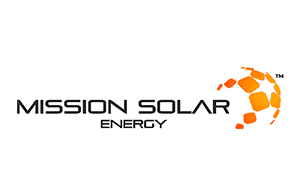
Average cost
Pros
- Made in the U.S.
- Competitively priced
- Durable panels
Cons
- Slightly less efficient than top competitors
What Products Does Mission Solar Offer?
Mission Solar offers several products for grid-tied and off-grid solar purposes for residential, commercial and utility scale solar systems. All of its modules are built with monocrystalline solar cells and are covered by hefty warranties backing their durability and power output.
Below is a quick look at Mission’s core offerings.
Mission Solar Energy PERC 60 BLK
These all-black solar panels are Mission’s primary product. They’re designed for homeowners wanting a solar array that blends into their roofs.
Mission currently offers two different black MSE PERC 60 BLK modules, one at 300 W and another at 345 W.
- Wattage: 300-345 W
- Efficiency: 18.5%-19.0%
- Warranty: 25-year product warranty, 25-year output guarantee
- Temperature Coefficient: -0.36%/C
- Data Sheet: Sheet 1, Sheet 2
Mission Solar Energy PERC 60 WHT
The MSE PERC 60 has a white backsheet so the solar cell grid is visible on the surface of the panel. These modules have slightly higher power ratings than the black PERC 60 series.
If you don’t mind their slightly more old-school look, the PERC 60 series makes an excellent choice.
- Wattage: 305-350 W
- Efficiency: 18.2%-19.0%
- Warranty: 25-year product warranty, 25-year output guarantee
- Temperature Coefficient: -0.36%/C
- Data Sheet: Sheet 1
Mission Solar Energy PERC 66
Mission Solar’s newest premium module series, the MSE PERC 66, offers the company’s best power ratings and efficiency for residential solar panels.
It also maintains the all-black frame aesthetic for a sleek, uniform look across a rooftop.
- Wattage: 385 W
- Efficiency: 18.8%-19.3%
- Warranty: 25-year product warranty, 25-year output guarantee
- Temperature Coefficient: -0.36%/C
- Data Sheet: Sheet 1
Mission Solar Energy PERC 72
Mission also offers the MSE PERC 72 line of commercial and utility modules. These larger modules have power ratings reaching levels around 420 W. Due to their large size, they’re not ideal for residential applications.
Mission Solar Energy Panels Pros & Cons
Every solar panel has unique advantages and disadvantages that will determine the best fit for the job. Below is our take on the major upsides and downsides of Mission Solar Energy’s products.
Mission Solar Panel Pros
- Panels are assembled in the U.S.
- Reliable product backed by extensive warranty
- Competitive prices provide value
Mission Solar Panel Cons
- Not as efficient as biggest competitors
- Slightly limited product line
How Much Do Mission Solar Energy Panels Cost?
It’s challenging to estimate the price of a solar installation since there are so many variables. The size of your array, the company you choose and even when you sign a contract for installation will have an impact on your final cost.
Regarding the cost of the panels, Mission Solar Energy is known to have competitive prices that will come in at or below industry average. For a panel with such strong marks for power, efficiency and reliability, this offers huge value for homeowners.
With that in mind, we’d estimate that the average Mission Solar Energy panel installation would cost between $18,000 to $22,000 after the solar tax credit.
Mission Solar Warranty
A good indication of a quality solar panel? A good warranty. Companies that have confidence in the performance of their panels are far more likely to offer strong warranties, as they know there’s little risk of defects and issues.
Mission Solar Energy offers a frame-to-frame warranty protecting against both manufacturing and power defects. It applies to all of their modules. Here’s what it covers:
- Product workmanship. The product, or manufacturer, warranty covers panel defects. Mission Solar Energy currently offers its product workmanship warranties at 25 years.3
- Power output warranty: Power output warranties protect against panels or systems that underproduce or degrade too quickly. Degradation is guaranteed not to exceed 2% in year one and 0.58% annually from years two to 30 with 84.08% capacity guaranteed in year 25.4
Mission Solar Panel Efficiency
The efficiency of a solar panel is measured by the percentage of sunlight it successfully converts into electrical current. The solar power manufacturers that are leaders in panel efficiency reach levels over 20% — up to around 22%.
Mission Solar Energy’s PERC and six-busbar-drive technology reaches maximum efficiency of around 19.3%, a strong number for a small solar PV manufacturer. The average Mission product, however, lands closer to just under 19%, which isn’t breaking world records, but gets the job done.
Keep in mind that the quality of your inverters or microinverters will also have an impact on the overall efficiency of your system.
Mission Solar Panel Power Rating
A panel’s power rating refers to its wattage, the maximum power output it can produce at a given time. The higher the power rating, the more electricity your array will produce.
Solar systems are usually measured by the combined power ratings of all the panels in the array. The industry average for power rating is between 300 watts (W) and 400 W, with the best in the business reaching around 450 W.
Most of Mission Solar Energy’s products have power ratings between 300 W and 350 W, with the MSE PERC 66 reaching 385 W. This means its mono-PERC technology is powerful enough to match the average of some of the largest global manufacturers.
Mission Solar Panel Temperature Coefficient
Mission Solar stresses performance, quality and durability — temperature coefficient is a measure of these characteristics.
A module’s temperature coefficient reflects solar panels’ ability to perform under extreme conditions (specifically heat). Solar panels that maintain their output under very hot conditions will have smaller temperature coefficients, showing that the heat affects them less.
The industry standard temperature coefficient for solar panels is between -.3%/℃ and -.5%/℃. A solar panel with a temperature coefficient of -.3%/℃ would lose .3% of its power output for each degree of temperature gained over 25℃.
Mission Solar’s solar panels have an average temperature coefficient of -.36%/℃ — a strong figure demonstrating their toughness.
Our Take on Mission Energy Solar Panels
Although Mission Solar Energy’s module efficiency can’t match some of the industry’s leaders, the company makes up for it with their products’ high power, good looks and value. Some modules with high efficiency use costly technologies to exceed 20%, which can make them much more expensive than the average Mission Solar Energy module.
For that reason, as well as the benefits of supporting American-made products, we highly recommend Mission Solar Energy’s products for residential rooftop, ground-mount and commercial uses. Mission’s panels are dependable, durable and offer excellent value for money.
The cost information presented in this article is derived from a comprehensive analysis, incorporating data from multiple industry sources. The average cost per watt per state was calculated based on figures from Consumer Affairs, Energy Sage, and Berkeley Lab’s Electricity Markets & Policy Department. Additionally, monthly energy consumption and the average monthly cost of electricity were sourced from the U.S. Energy Information Administration, ensuring a well-rounded and accurate representation of the information presented.

 233k
233k  41k
41k  Subscribe
Subscribe 
